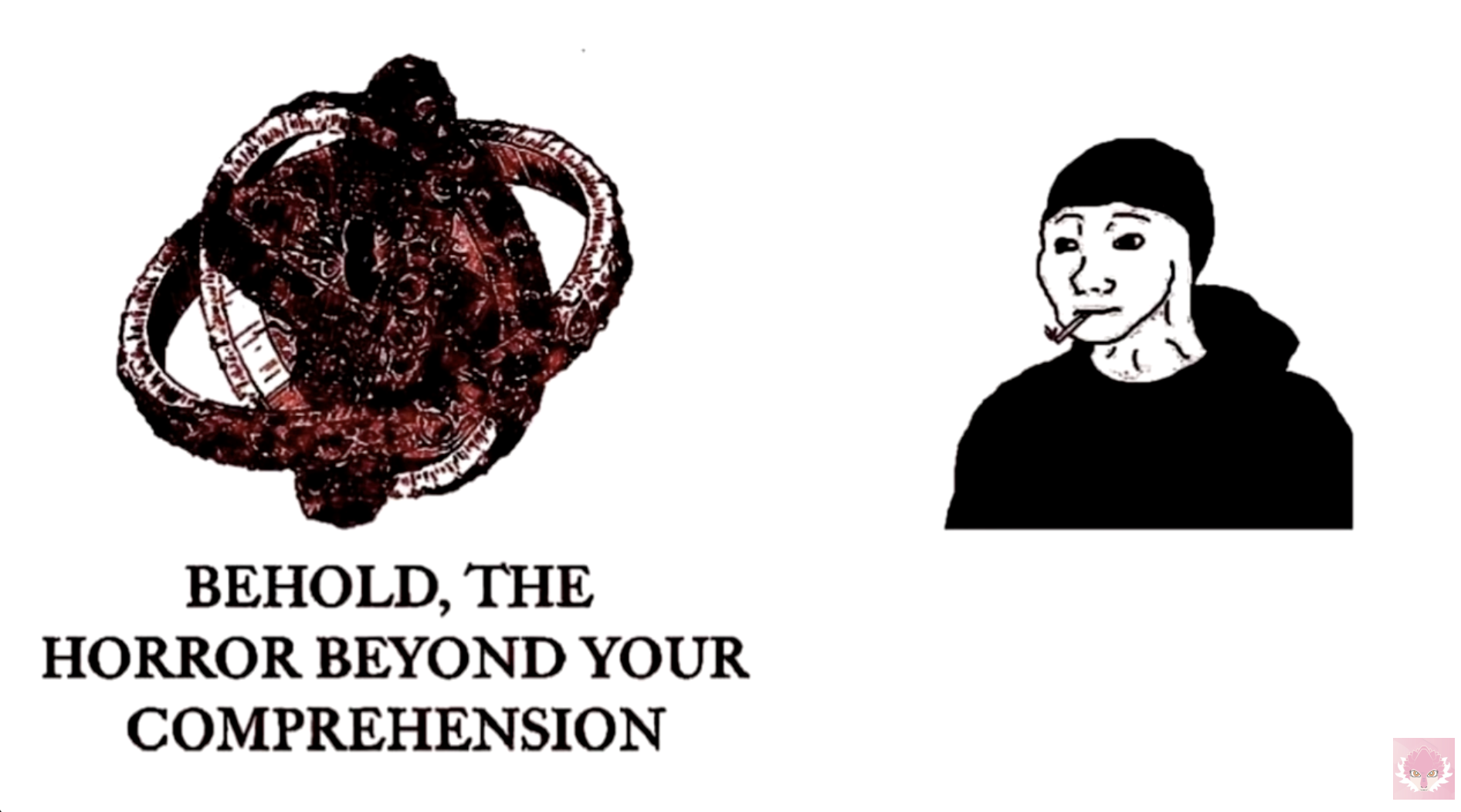By Stout Cortez
About a decade ago, I switched careers to start working as a software engineer. I was particularly gifted in the field I was leaving — graduate-school dropout — but I found the compensation to be less than lucrative. At the age of 26, after a chance conversation with a college friend, I realized that I may not have missed the boat on becoming a productive member of society and took one of those coding bootcamps. Then, like so many before me, I grabbed my shovel and pick-axe and moved west to mine the fertile hills of Silicon Valley for tech-startup gold — or at least a job.
Software has been mostly good to me, but something that I’ve been terrible at is recognizing opportunity. For instance, I remember clearly the day that one of my coworkers saw a considerable increase in his holdings of one particular stock: Nvidia. Today, the chip-making company has the second-largest market cap of any tech company in the U.S. behind only Apple. Of course, I kicked myself for not getting in when he did.
“You can still buy the stock,” he said. No, I thought, I think I’ve missed the boat.
That was in 2016.
(The stock had just increased from about $1.25 when he bought it to $2.30. Nvidia stock is now worth over $140).
Another opportunity I was terrible at recognizing was cryptocurrency. Many of my coworkers at that same time period were buying the now $100,000 digital asset for about $500, but I refused to jump on board. However, I refrained not because I didn’t see the opportunity, but because I just didn’t understand it.
Not that I didn’t understand the tech — you can’t work in software in the bay area for more than three months without accidentally understanding the basics of cryptocurrency through general osmosis — I just didn’t understand how people could think it was a good idea. And, (as has already been established) because I am a fool, I thought it wise to not invest in anything that I just didn’t think of as worthwhile, whose use I just didn’t understand.
I’ve bitterly watched the line go up, year after year, waiting for it to crash back down to earth, rooting for its public failure like the spurned high school sweetheart of an A-list celebrity. But now, I’ve made my piece with crypto. It’s taken me eight years of decreasingly sincere attempts to do so, all eight of which were filled with annoyance, frustration, exasperation, impatience, and above all contempt, but as I was falling asleep the other night I finally achieved a revelation that has steadied me.
I have now made my peace with the next big global technology that will revolutionize humanity (just as soon as we figure out a use for it), and as a rehabilitated man I can proudly attest that I no longer actively root for its demise.
